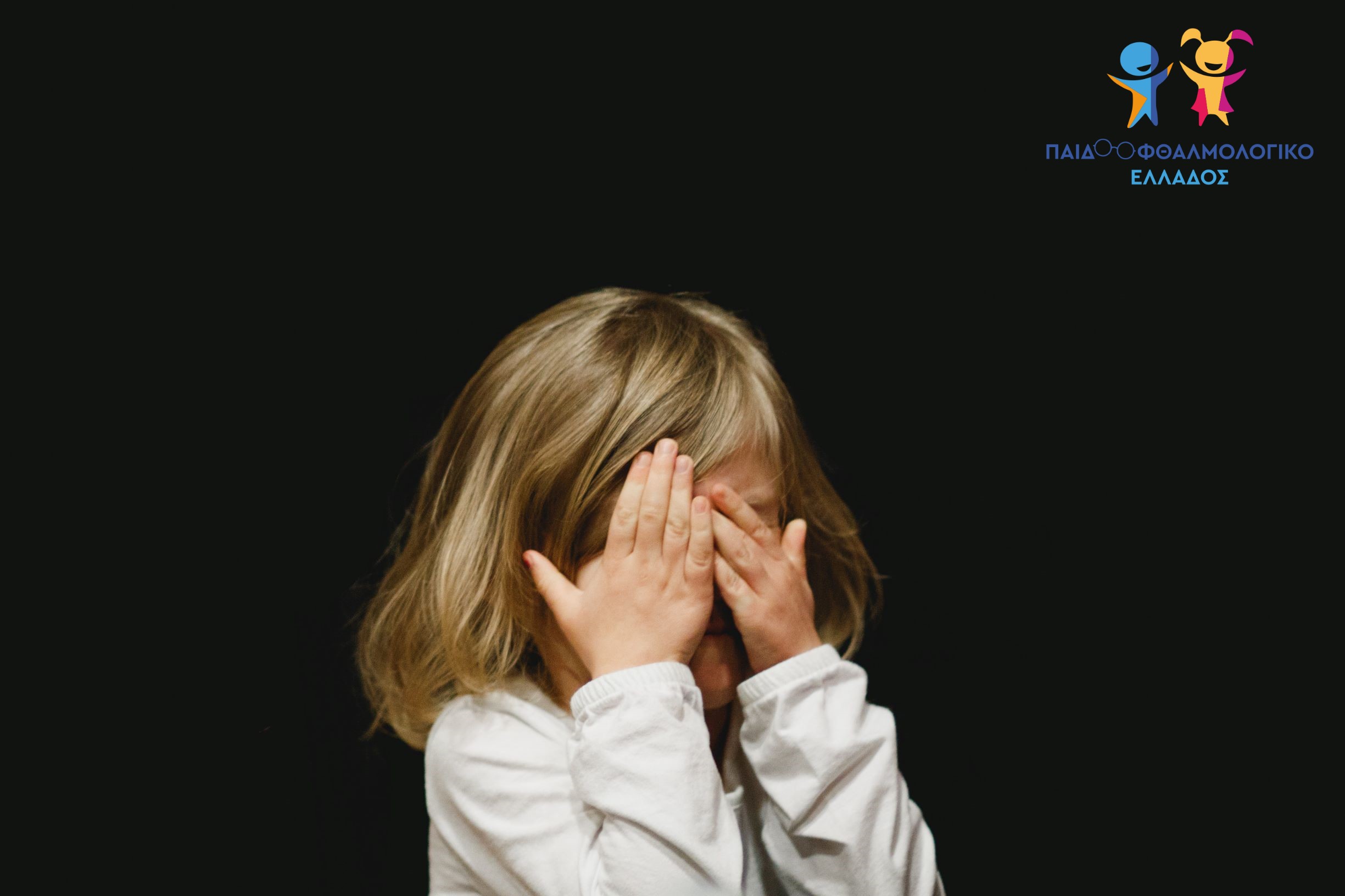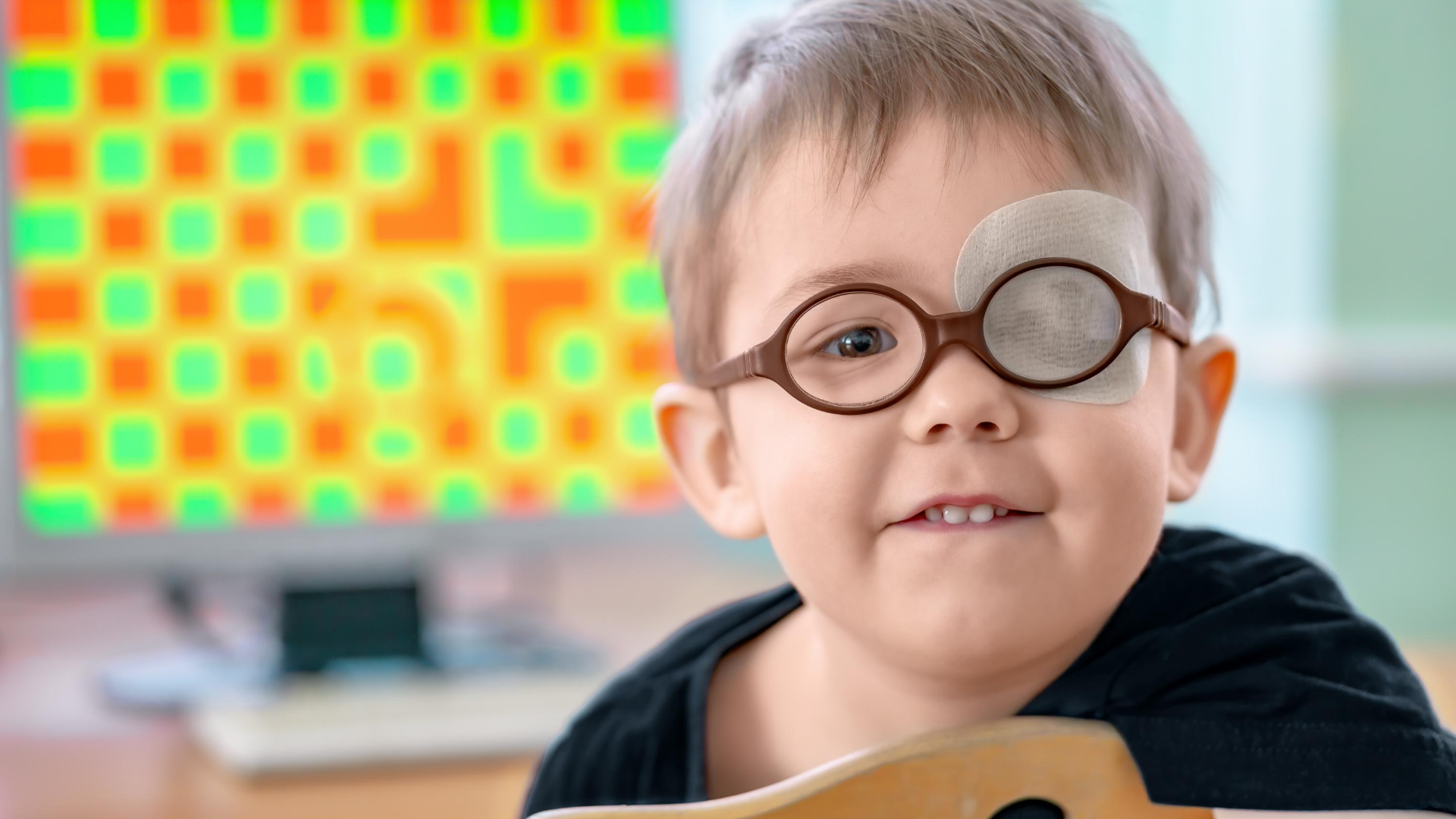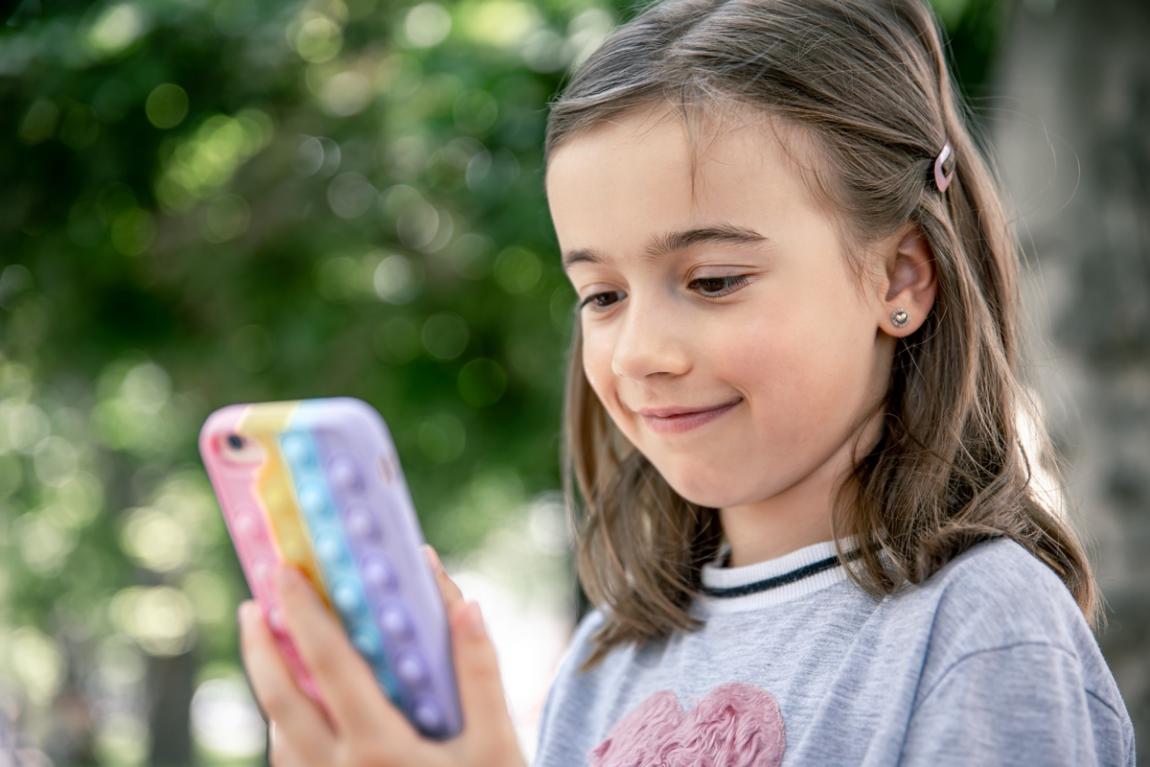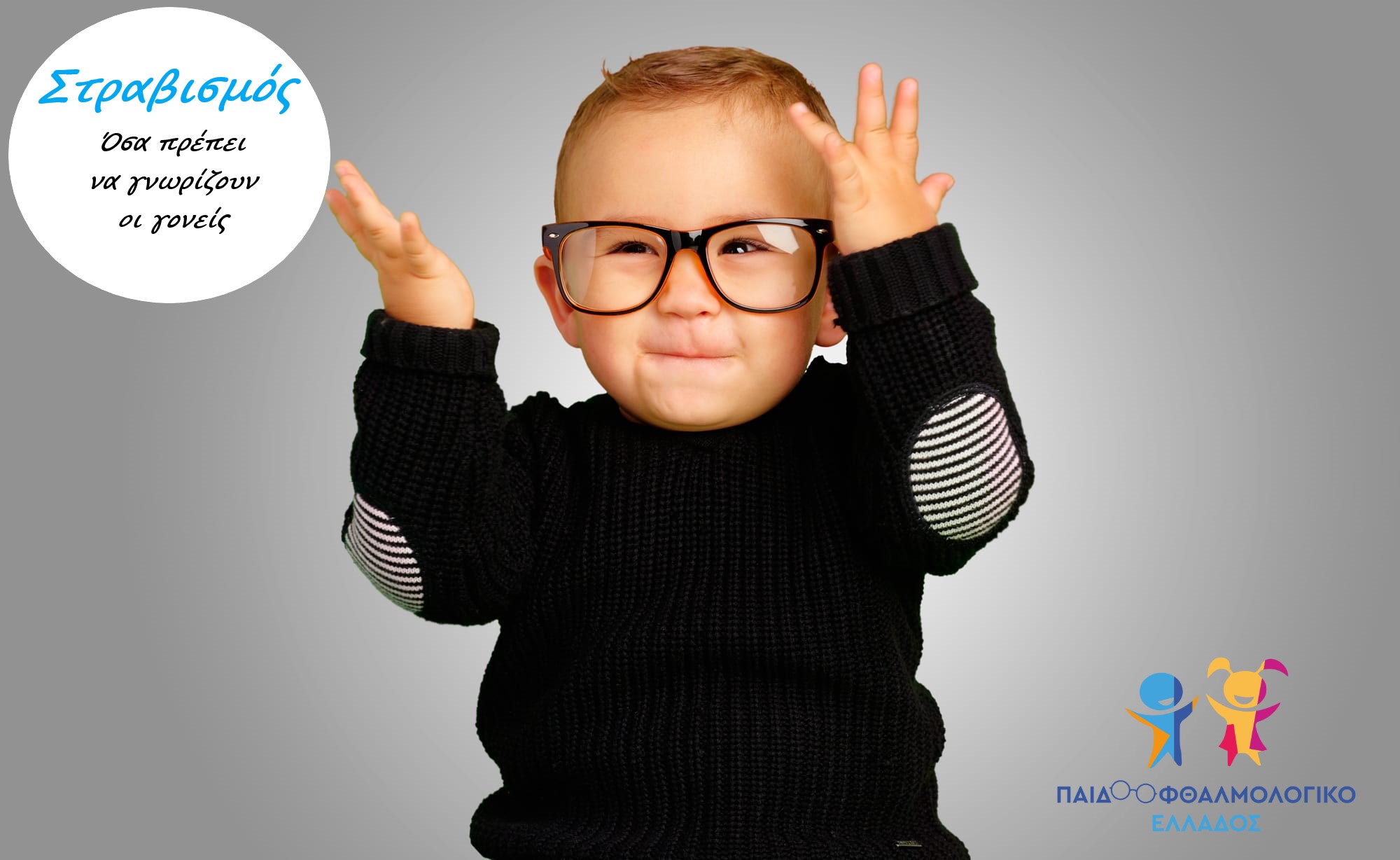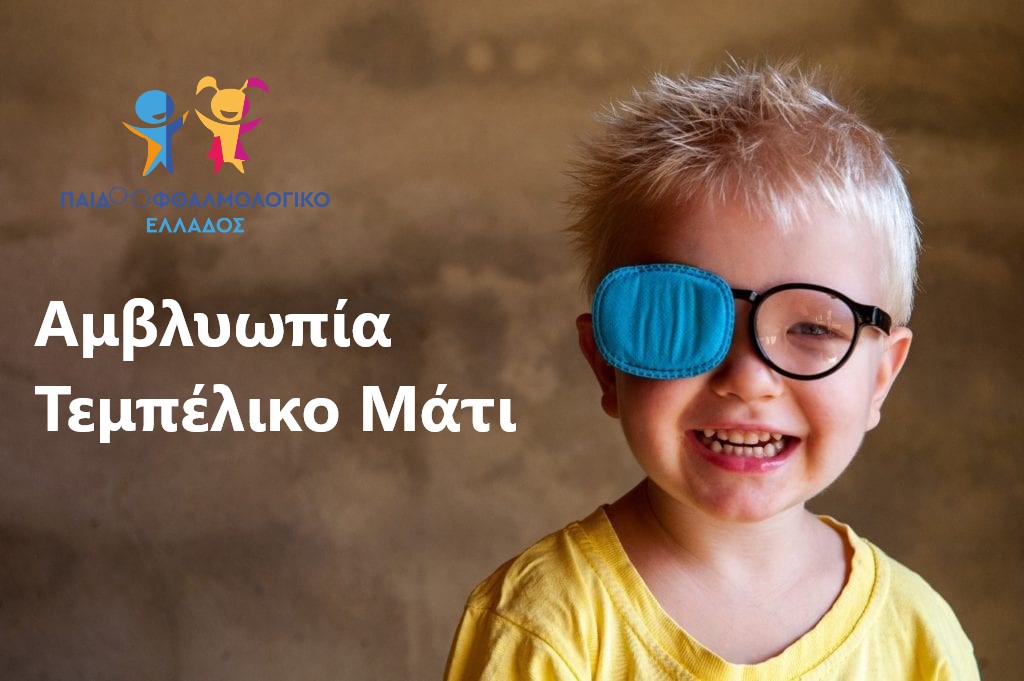What is allergic conjunctivitis?
Allergic conjunctivitis is a reaction of the eyes when elements from the environment such as: dust, pollen, animal fur or medicines come into contact with them. It is not the result of an infection, nor is it a contagious condition, but it is quite an embarrassing condition for the child.
What can cause allergic conjunctivitis?
Seasonal allergic conjunctivitis occurs in some children when they come into contact with an agent, such as pollen, dust, mold, to which they have a sensitivity. It occurs most often in spring, summer and autumn. Allergies during the winter are usually associated with house dust, animal dander and other things in the house. The dry atmosphere indoors makes the situation worse.
What symptoms does the child show?
The most common symptom is itchy eyes. The white surface of the eye becomes pink or slightly red, it may swell (it looks like a “gel” or blister). Other symptoms may include stinging, tearing, a feeling that the eyes are burning or that there is a foreign body in the eye. The skin of the eyelids may become swollen and many children rub their eyes constantly, making the symptoms worse.
Is red eye only caused by an allergy?
No. The eye can become red from a variety of causes such as : germs, viruses, parasites, other microorganisms, invisible inflammation. In all these cases some of the symptoms may coincide, while others differ, and in some situations the redness is accompanied by secretions (mucous, watery, etc.).
Should the child have any specific allergy tests to identify what is bothering him/her?
Usually not, since the treatments are the same, regardless of the cause (allergen) that causes the allergy. Also, the most common allergens are so common in our daily lives that it is impossible to avoid them.
If my child is on oral allergy medication for allergies, why don’t they stop the eye allergy?
Sometimes oral anti-allergy medications are not enough to control the allergic manifestations in the eyes. Anti-allergy drops combined with these medications usually improve the situation dramatically.
Which anti-allergy medications should we use for eye allergy?
There are a variety of medications. Artificial tears (no doctor’s prescription required) are instilled in order to ‘wash away’ the cause of the allergic reaction from the eye surface. Antihistamines help to prevent the allergic reaction from occurring, vasoconstrictor drops reduce reddening of the eyes (use for no more than 5 days). The paediatric ophthalmologist will decide what is the appropriate treatment for each child individually.
My child started a topical anti-allergy treatment but it didn’t help him.
There are different types of antiallergy drops, with different ways of working. Sometimes something that is effective on one child may not be effective on another. If symptoms persist despite treatment, your paediatric ophthalmologist will suggest another medicine. However, many times parents find it difficult to put the drops on a child, resulting in the treatment not being done properly. Cold compresses with water relieve itching and swelling.
The doctor prescribed cortisone drops. Is there a problem?
Sometimes and for a relatively short period of time, cortisone drops can be given along with the antihistamine drops.
If cortisone drops improve the child’s problem immediately, why can’t I use them all the time?
There is a risk of glaucoma (increase in intraocular pressure) and cataracts if cortisone drops are used for a prolonged period of time. Any child who uses cortisone drops for a long period of time should be monitored by a paediatric ophthalmologist.
My child develops severe allergies in his eyes, usually at the same time every year. He shows large bumps under the eyelids and sometimes on the whites of the eye very close to the colored part of the eye. What is this?
This condition is called vernal conjunctivitis, it is a persistent form of allergic conjunctivitis and requires intensive treatment and close monitoring by a pediatric ophthalmologist, because sometimes lesions are also formed on the cornea of the eye.




